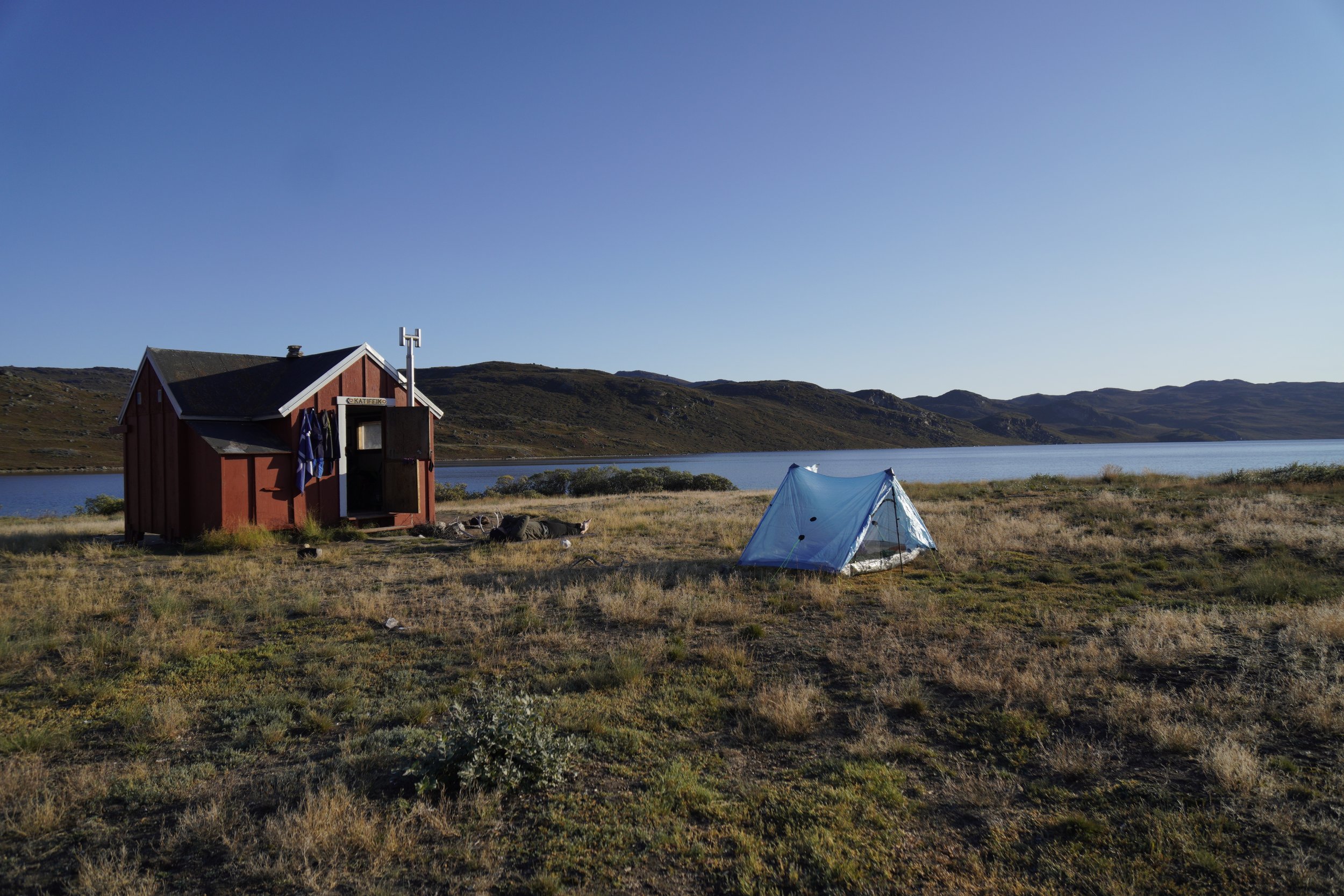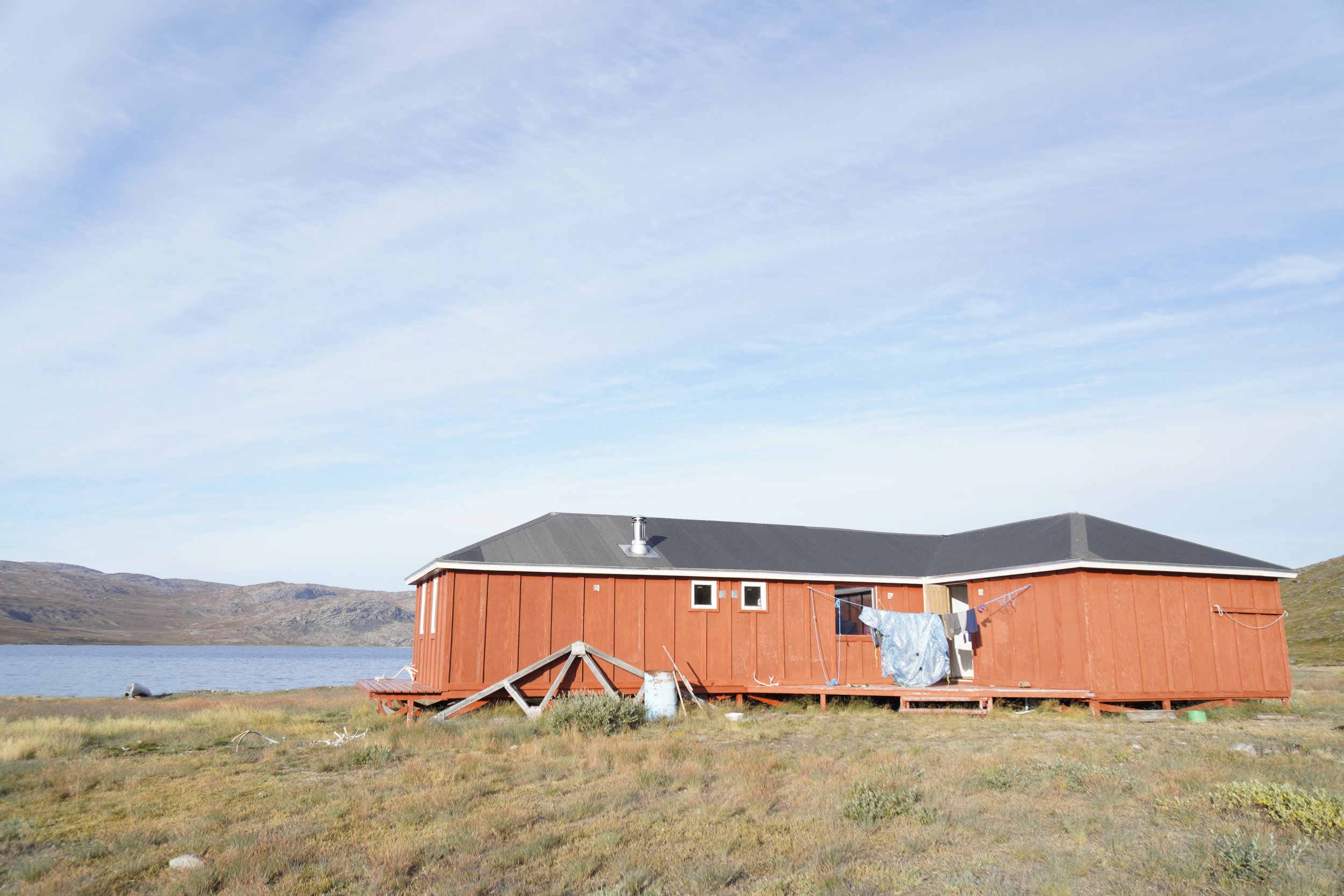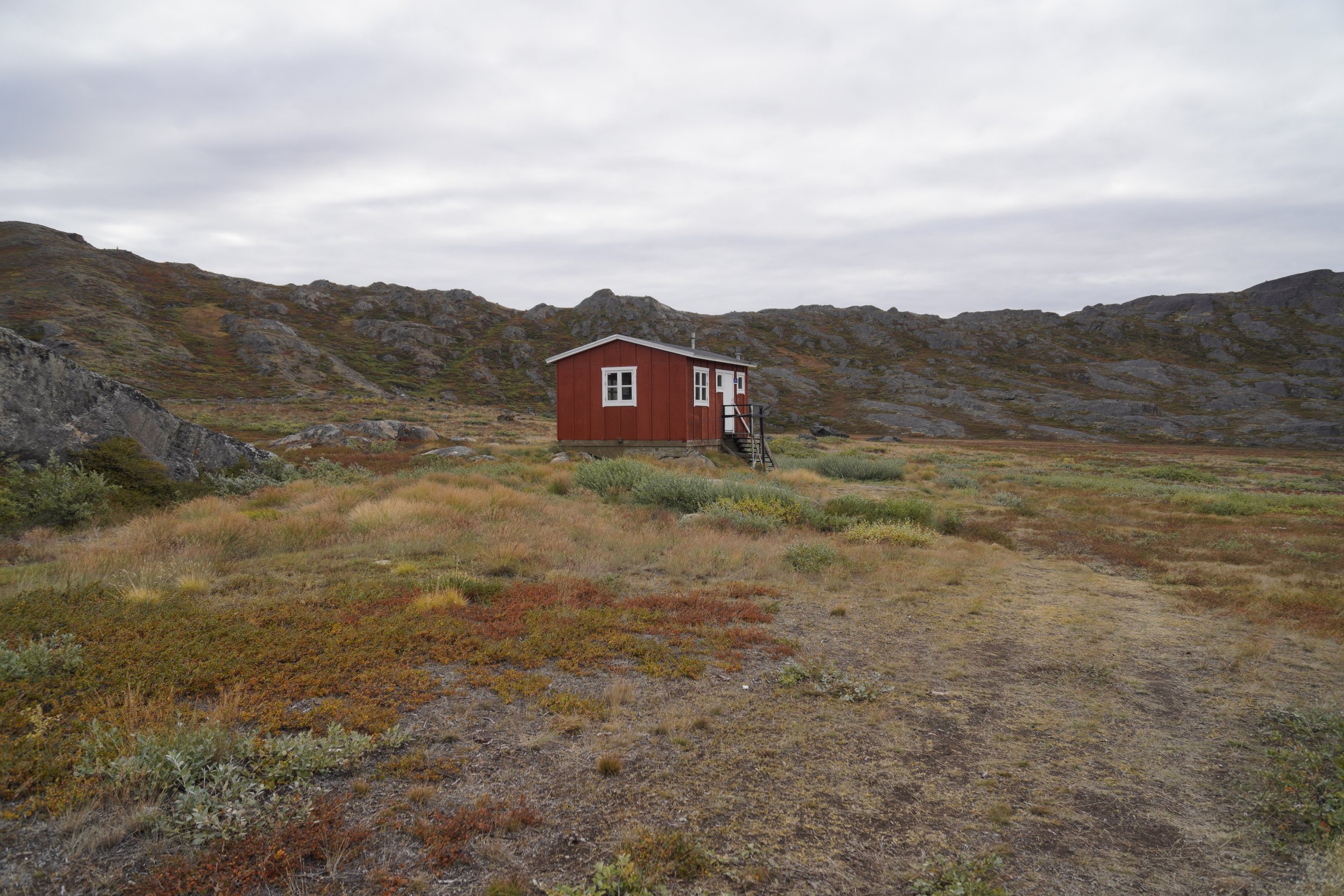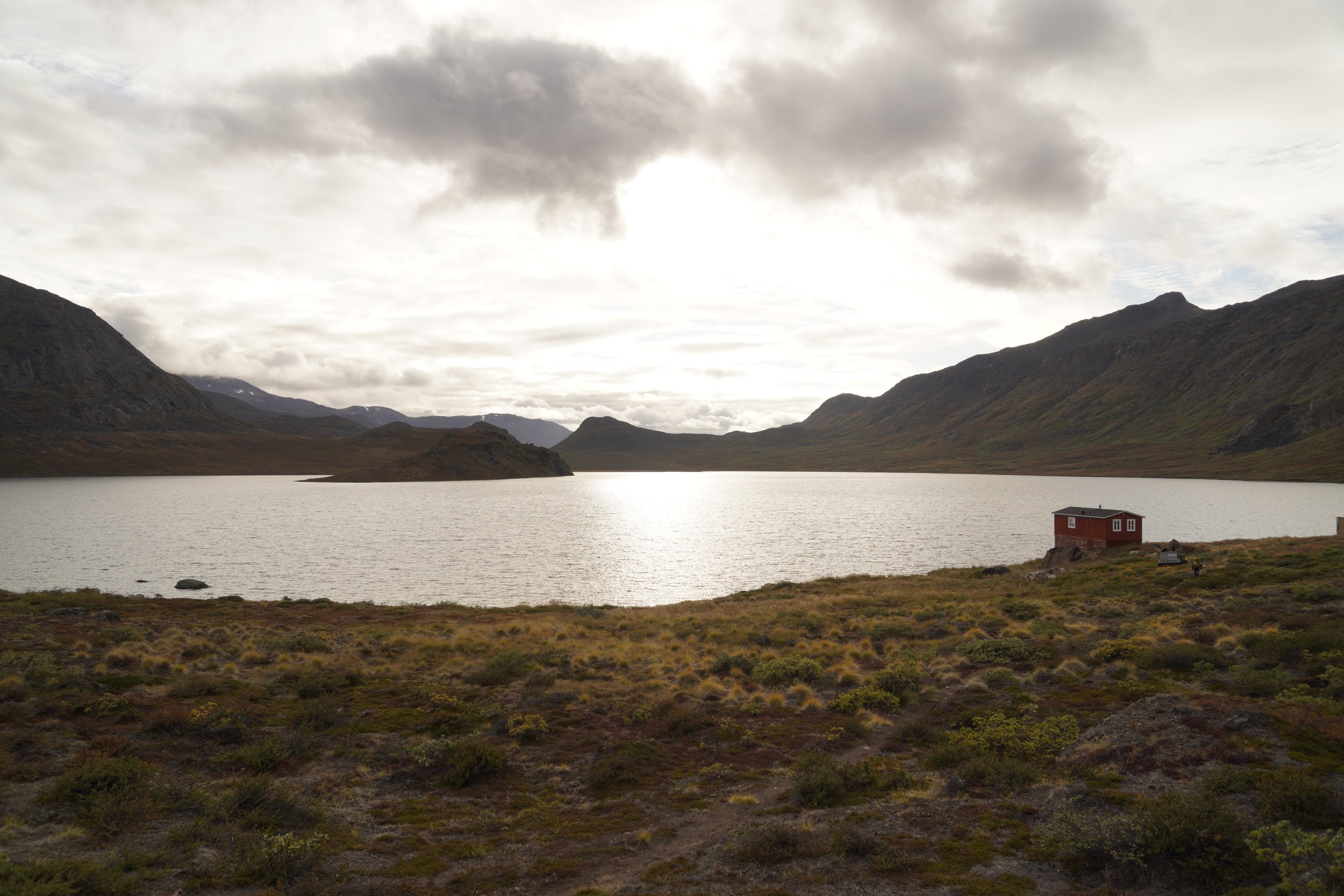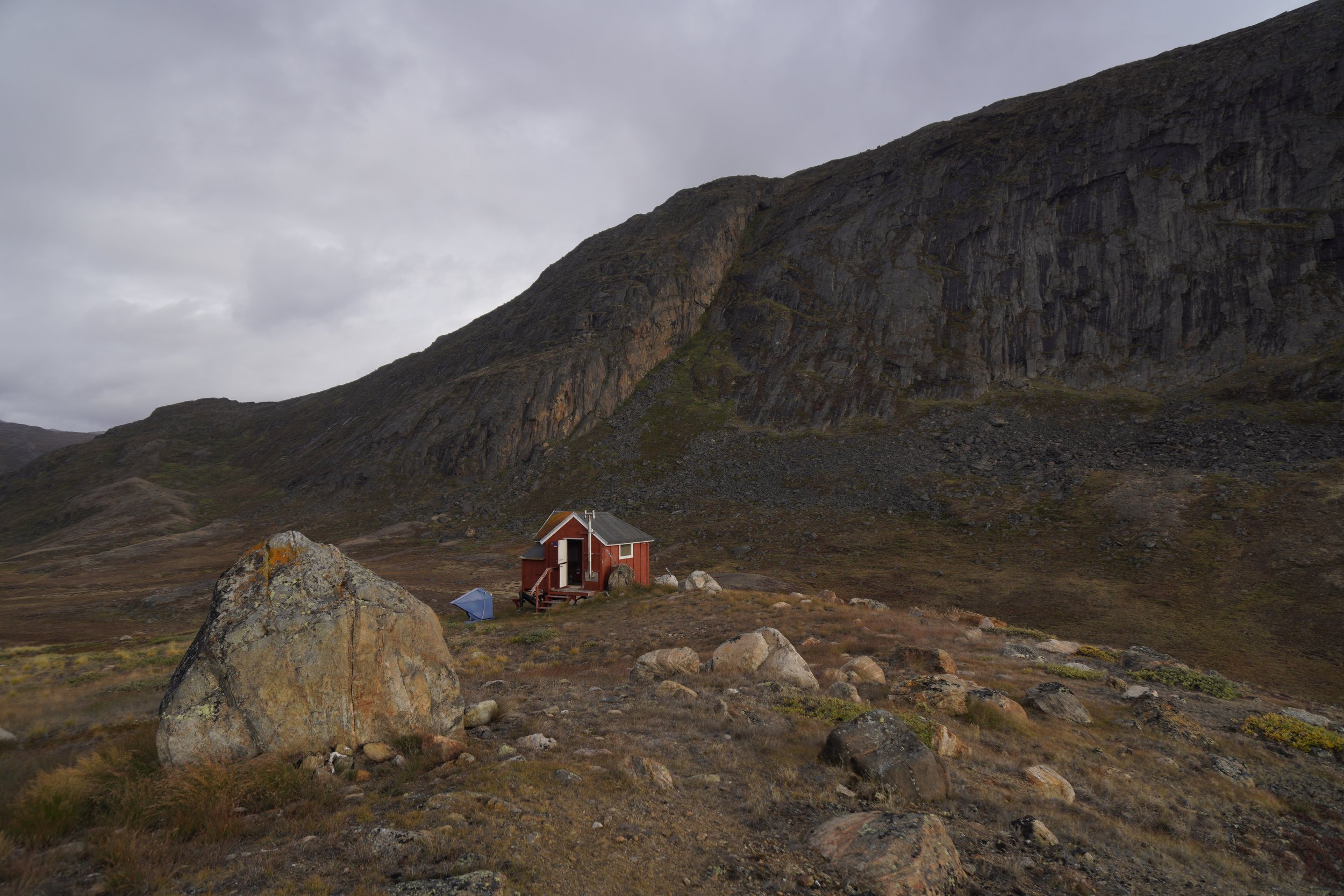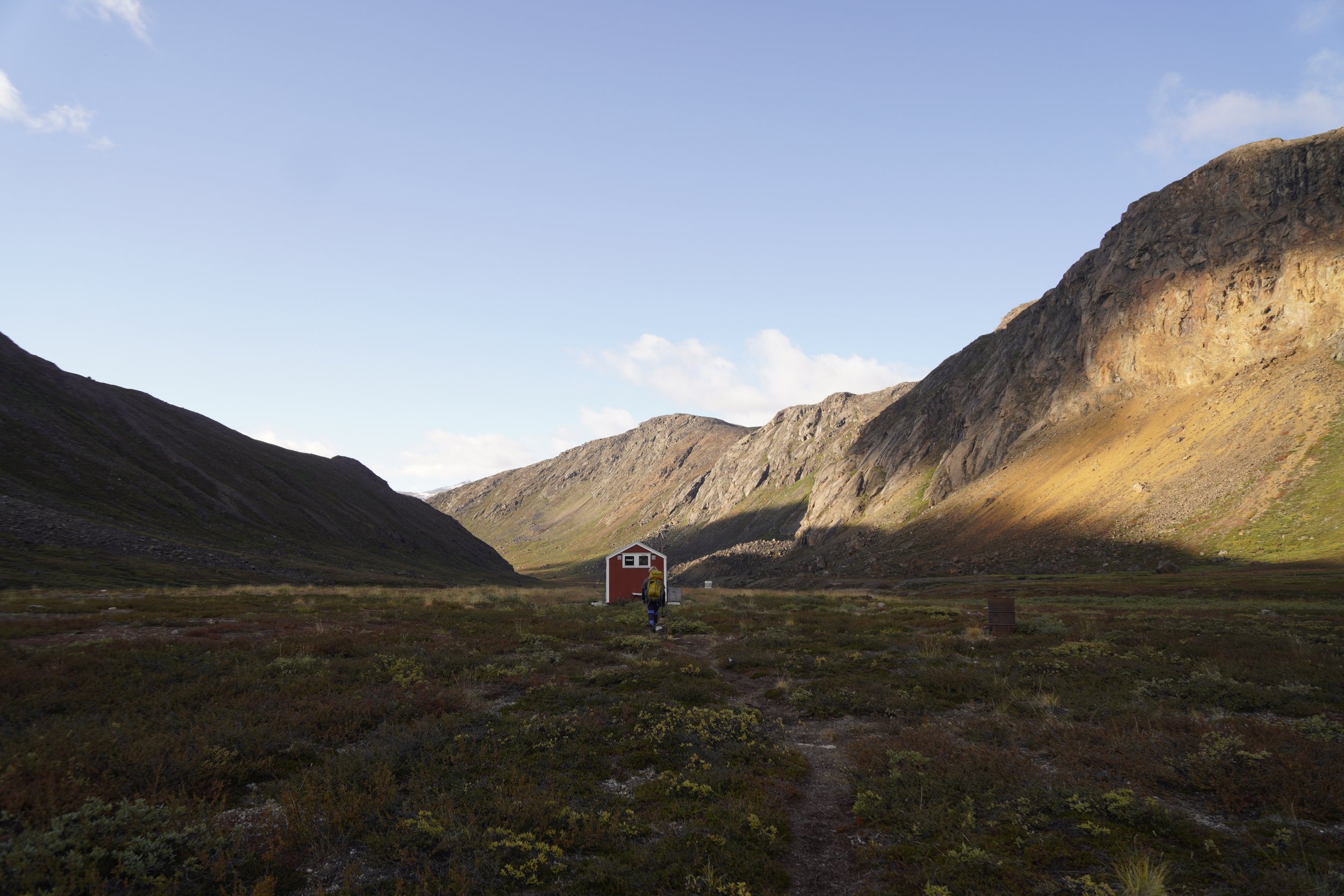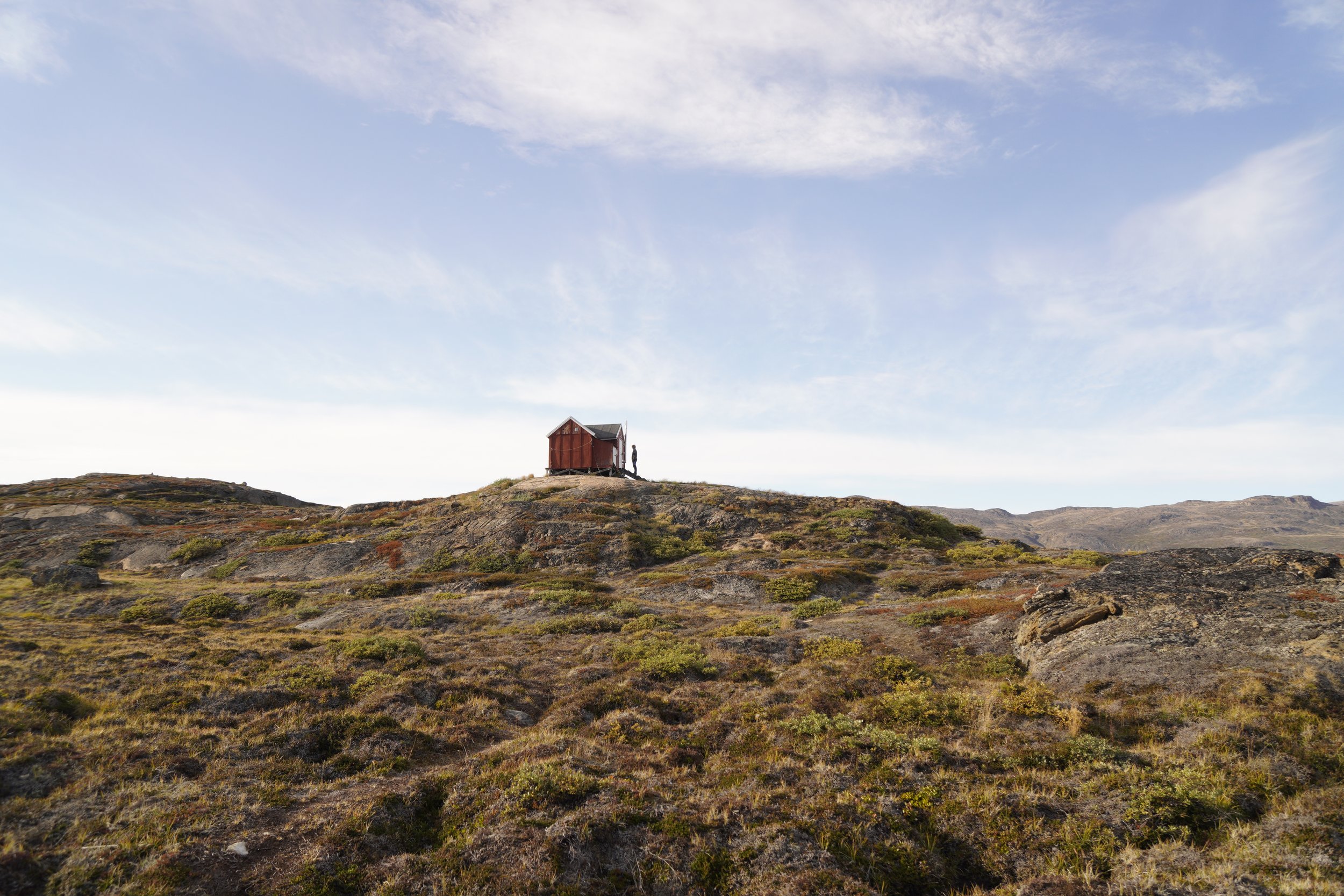Arctic Circle Trail | ACCOMMODATION
Here you’ll find some pictures and a short description of the huts we used along the Arctic Circle Trail. Unfortunately, we can’t provide more details of the huts we did not visit. For more detailed information about all the huts on the ACT, I can highly recommend this nicely written blog post of Lisa Germany.
You can find more information about the accommodations we chose before and after the hike in the post OUR TRIP.
The Huts on the ACT
This trail is a wild adventure, as there are no hostels or services along the way, but just very basic huts. These huts are only intended to provide shelter for hikers. They are equipped with some sleeping platforms or bunk beds, mattresses, a cooking area, sometimes a table, and a heater for the cold winter nights. They are unstaffed and do not offer any service. Therefore, you will need to carry your own sleeping bag, stove, fuel, food and water.
BOOKING AND CAPACITY
There is no system for booking the huts in advance, but their capacity can strongly vary, depending on how tolerant people are to sleeping on the floor and to overcrowding.
WATER AVAILABILITY
Water can be mostly collected from a lake, river or stream nearby the huts. The only hut on the ACT which is far away from a water source is Eqalugaarniarfik. If you plan to sleep in this hut, make sure to collect water beforehand, for example at the river crossing point.
ELECTRICITY
Bear in mind that electricity is not present in the huts, so you will not be able to charge your electronics. If you are interested in our electronics choice and power banks, head to our post EQUIPMENT.
HEATERS
Every hut was equipped with a paraffin heater, but instructions on how to use it were in Danish, so we didn’t dare to try turning it on. However, when cooking, the small huts were warming up enough for us to enjoy the evening outside our sleeping bags.
ADDITIONAL NOTES
The km shown below the pictures are taking in consideration a start point at Kelly Ville (km 0).
The capacity shown below the pictures only takes into account the official sleeping places inside a hut, although more space is potentially available.
The water source present nearby the huts is also indicated below the pictures.
Wildcamping
Wildcamping is allowed anywhere along the trail.
We decided to bring our tent with us, to alternate wildcamping and huts. In the end, we only camped twice near the huts: the first time because we wanted to try it out, and the second time because the hut was occupied by contruction workers. We indeed preferred sleeping inside the huts, because the nights were quite cold in September and we wanted shelter in case of bad weather.
Leave No Trace Principle
We strongly advice not to dispose of your trash at the huts along the trail. Because of their remoteness, no one is picking it up for long periods of time, and trash will just accumulate there. Therefore, make sure to respect the nature you are visiting and always follow the “LNT“ principle, by keeping the huts clean and carrying your own trash until the end of the trail.
If you choose to use the dry toilets present in few huts only, you should also assume the responsibility of replacing the plastic bags once they are 1/3 full. If you prefer to “go” outside the huts, always treat nature with respect and try not to leave any trace. Go off trail, away from water, try to dig a hole, cover it up and pick up your dirty tissues. The trail will thank you.


